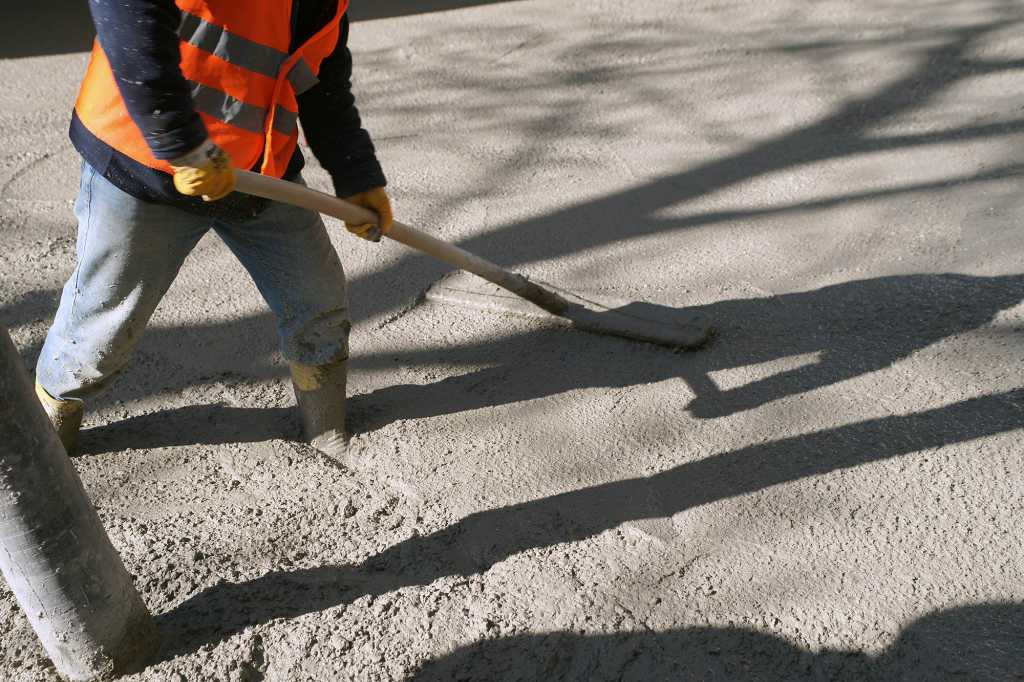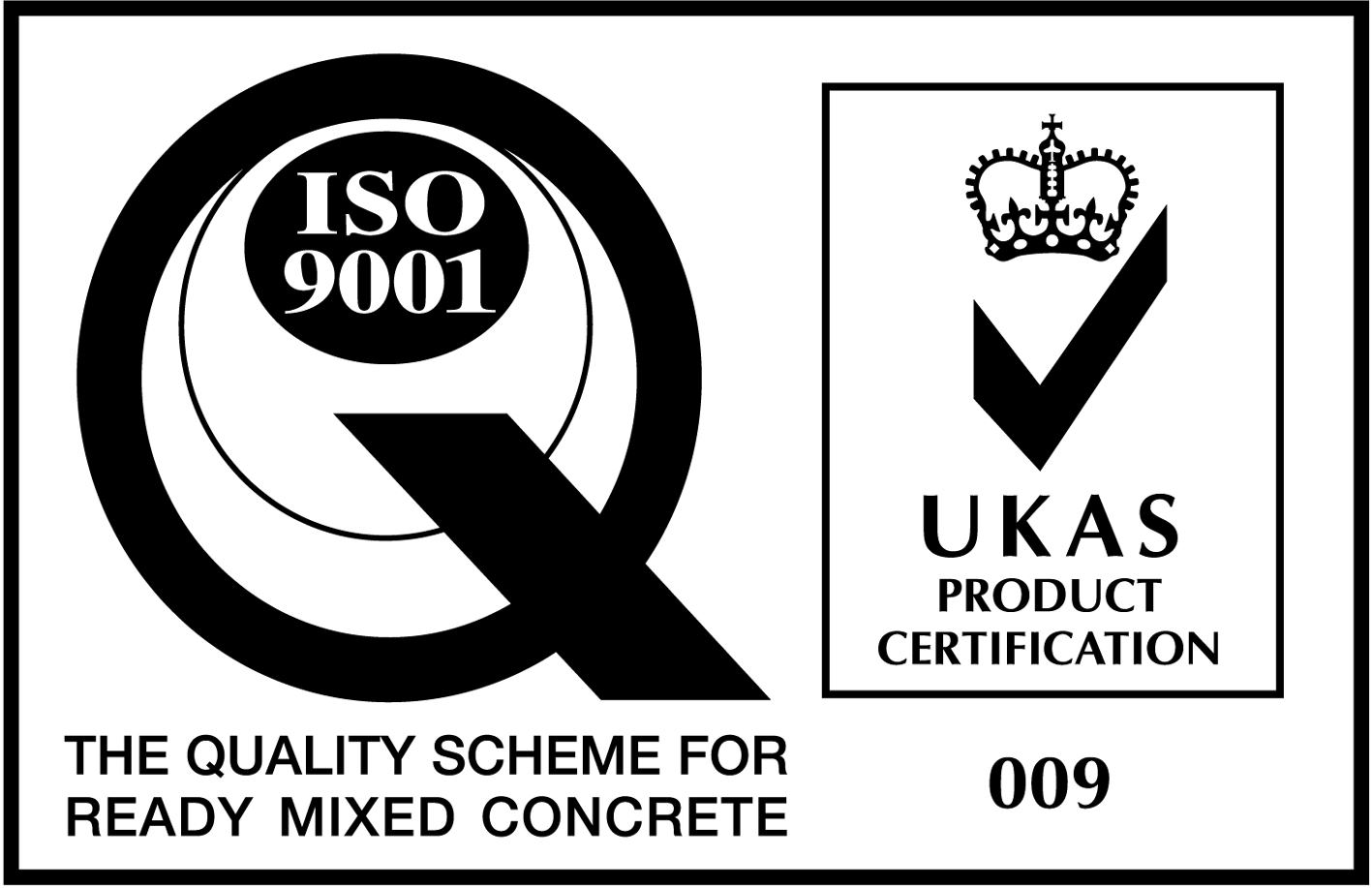Concrete Curing Guide
Concrete doesn’t reach its full strength overnight. Say you’ve just laid a new driveway and waited a few hours for it to set: immediately parking a car on it will damage the concrete. It won’t be strong enough yet. Concrete needs to be cured to reach its full strength. The curing process takes time, but it’s an essential part of any construction job. Want to learn more about concrete curing? You’ve come to the right place.

What is concrete curing?
Curing concrete is where moisture levels are maintained in order for the hydration process to continue. Cement, when introduced to water, begins to form strong bonds which develop into a strong concrete mix. Concrete never stops curing; it gets stronger and stronger as time goes on, but the curing process is the period in which the concrete reaches its rated compressive strength. After this time, while the concrete is still curing, it’s a case of diminishing returns.
Most ready mix concrete will reach its full strength after 28 days.
Why does concrete need to be cured?
You wouldn’t want a driveway that cracks, splits or sinks when you first drive a car over it, would you? Well that’s exactly what could happen if it isn’t cured properly. The curing process is essential; it allows the concrete to be as strong and durable as it needs to be for its application.
What happens if concrete isn’t cured properly?
If your concrete isn’t cured properly, it loses a significant amount of its strength. It becomes more prone to cracking, it cannot support as high a load as it would after proper curing, and its durability will be drastically reduced. In short, concrete that isn’t cured properly isn’t fit for purpose. It could compromise the integrity of an entire construction project.
There are a couple of factors which can hamper the curing process. Fortunately, these can be controlled — or at least mitigated. These include:
- Ambient temperature — if the ambient temperature is too high, moisture will dissipate quickly and force the concrete to cure faster. You want to avoid this. Try to keep the pour site out of direct sunlight, or, if possible, delay the pour until the temperature drops. You can read more on pouring concrete in hot weather by checking out our article.
- Moisture levels — Concrete mixes need to be balanced properly. Too much moisture will reduce the concrete’s full strength, while too little moisture will speed up the curing process. It’s important to ensure that the water:cement ratio is adequate from the start, and that moisture levels are maintained during the curing process.
How long should concrete be cured?
It depends on the mix and application. Most domestic mixes are rated for 28 days, meaning they will reach their full strength after 28 days of curing. Domestic concrete — patios and driveways, for instance — will set sufficiently within 24-48 hours, at which point they can be walked on without worry. After a week, the concrete will have reached around 70% of its full compressive strength, but even then you should wait until after the 28 day period to place any heavy loads on the concrete. That means parking your car elsewhere until the driveway has gone through the 28 day curing process.
To ensure your concrete mix is perfect for your construction application, get in touch with Total Concrete today. We supply ready mix concrete tailored to your requirements across Surrey, Hampshire and the surrounding areas, providing a swift service direct to your worksite. We can advise on the proper curing method for your mix, and our industry expertise means you get a perfectly proportioned mix every time. To book an order with us, contact us today.
 Trade Zone
Trade Zone
